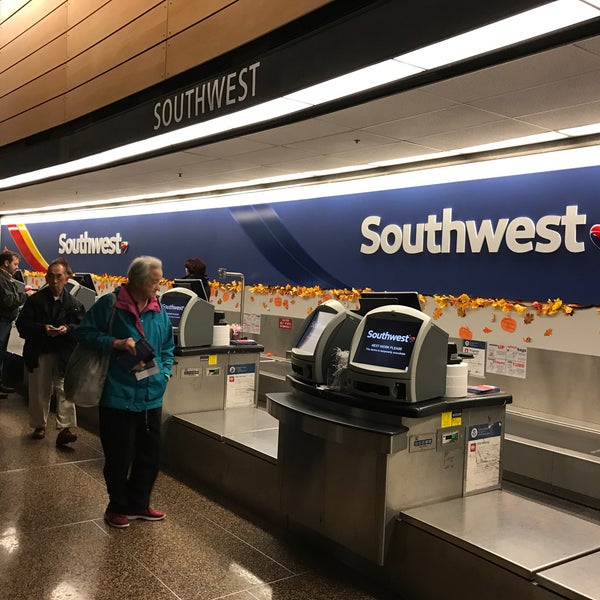

The airline also renamed "The Company Club" to the now-infamous "Rapid Rewards." Later in 1996, the airline introduced the Southwest Airlines Rapid Rewards Visa Card.

Continuing its trend from the previous decade, Southwest maintained high customer satisfaction.īy 1996, Southwest expanded further into the southeastern United States with new flights to Tampa, Fort Lauderdale, and Orlando. The airline inaugurated services to Baltimore– now one of the airline's largest operating bases– and grew heavily in the Midwest and West Coast.īy the end of 1995, Southwest had 224 aircraft in its fleet and had grown its recognition in the United States. Much of the early 1990s was devoted to growth. The 737-500 entered service with Southwest in 1990 and was used as part of the airline's promotional tie-up with SeaWorld. Boeing eventually did move forward with the 737 Classic series, and Southwest ordered ten of the type that same year.īy 1982, Southwest had added flights to Las Vegas (LAS), Phoenix (PHX), San Diego (SAN), Los Angeles (LAX), San Francisco (SFO), and Kansas City (MCI) with a total fleet of 37 aircraft. In 1981, Southwest went to Boeing and told them it would be interested in purchasing ten new 737-300s with options for ten more if Boeing were to develop the aircraft. With growth still on the carrier's mind, the airline returned to Houston (IAH) with inflight contests and complimentary cocktails on selected flights. The airline then opened up services out of Dallas-Love to Tulsa (TUL), Oklahoma City (OKC), and Albuquerque (ABQ).

This was designed to divert more traffic over to Dallas/Fort Worth International– where Southwest did not want to move. This would limit interstate services from Love Field to states immediately bordering Texas. Photo:Īt the end of 1979, the Wright Amendment was proposed. The 727 was the only non-737 aircraft that Southwest Airlines flew.


 0 kommentar(er)
0 kommentar(er)
